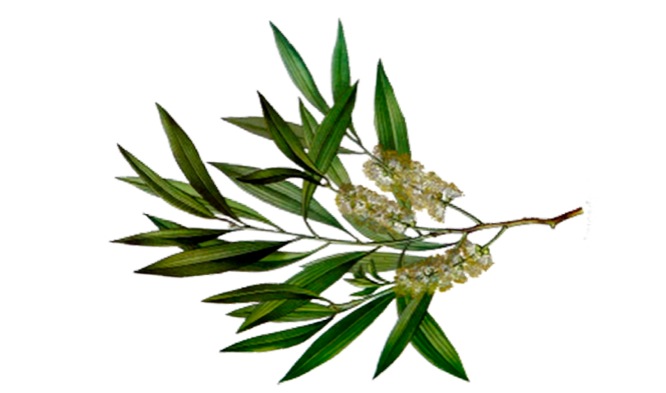Australia has a deluge of beautiful native plants which have medicinal properties. Whereas indigenous information makes use of our country’s vegetation, it’s not generally identified you could develop different medicines in your yard. Till now. Presenting our three half sequence that can assist you to plant sensible and hold wholesome. All of the vegetation featured in this sequence can flourish in Australian backyards, and all have the potential that can assist you to heal yourself holistically.
1. Tea tree

Its distinctive astringent scent gives you an idea of this plant’s antiseptic properties. While the indigenous Australians were the first to be clever enough to use it as such, it’s since become a staple in many a first aid kit and medicine cabinet as a natural antibacterial ointment.
Therapeutic benefits
In the 1920s, scientific experiments proved that the tea-tree oil was a far stronger antiseptic than anything used at the time. Nowadays tea tree oil is used for everything from acne to fungal skin infections. Indigenous Australians have used the Melaleuca viridiflora tea tree variety for treating fevers, and the Melaleuca variety for treating coughs and colds. The Bundjalung Aboriginal people from the coast of New South Wales also crushed tea-tree leaves and applied the paste to wounds.
How to grow Australian tea trees
These plants are quite hardy, and once established they don’t require too much care. When planting, avoid clay and hard packed soils and go for something fast draining and loamy. You should also try to give your smaller trees about 3 to 6 feet or space, and large varieties around 15 to 20 feet. Tea trees only require partial to full sunlight, and a weekly water during their growing phase. From the established phase onwards you will only need to water when it’s very hot and dry out.
